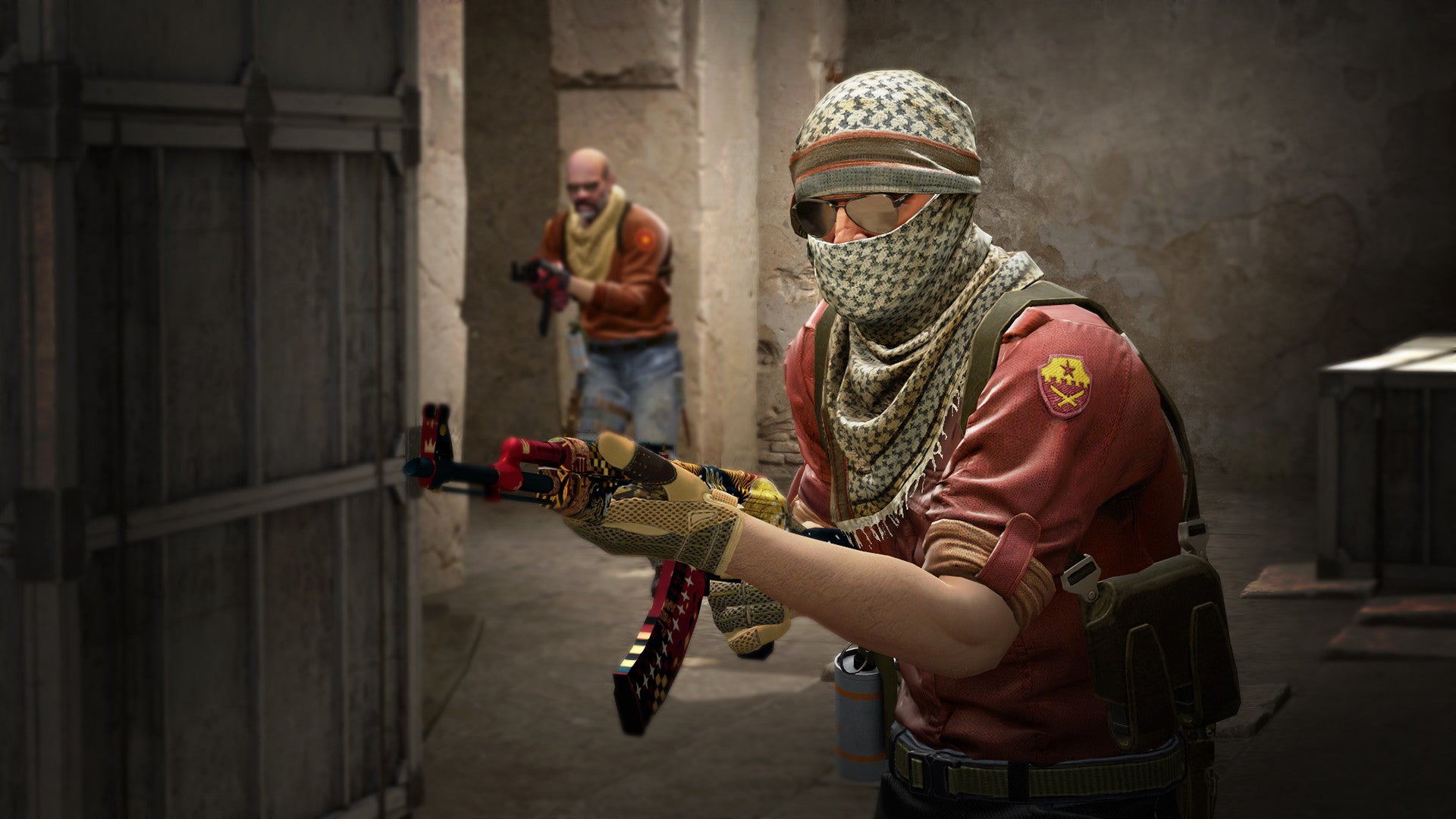Boat Drops: Your Portal to Aquatic Adventures
Explore the world of boating with tips, news, and insights.
Dressing Pixels: How Player Skin Economics Shape the Gaming Universe
Explore how player skin economics transform gaming culture and drive in-game trends. Discover the hidden value behind digital fashion!
The Currency of Style: Exploring the Economics of Player Skins
In the dynamic world of gaming, player skins have transcended their initial purpose of mere customization. Today, they have evolved into a significant economic entity within the digital marketplace. Players invest real money to acquire these digital assets, often viewing them as a form of currency. The surge in popularity of skins can be attributed to various factors, including their aesthetic appeal and the psychological benefits players derive from showcasing unique or rare designs. As a result, the economics of player skins has become a compelling subject for both gamers and market analysts.
Understanding the economics of player skins reveals a complex interplay of supply and demand, rarity, and market trends. Many games incorporate systems where the value of skins can appreciate or depreciate over time, much like real-world assets. For instance, limited-edition skins can create a frenzy among players, driving prices sky-high. Moreover, certain skins can function as a status symbol within gaming communities, leading to a thriving second-hand market where players trade skins for in-game advantages or other digital items. In essence, player skins represent a new frontier in the economics of gaming, where style and commerce collide.

Counter-Strike is a highly popular first-person shooter game that pits teams of terrorists against counter-terrorists in various objective-based game modes. Players can enhance their gaming experience by using various tools and codes, such as the csgoroll promo code, which can provide exciting benefits and bonuses. The game's tactical gameplay and competitive nature have made it a staple in the esports community.
Virtual Fashion: How Cosmetic Customization Drives Player Engagement
Virtual fashion is rapidly becoming a cornerstone of player engagement in the gaming industry. As gamers increasingly seek unique experiences, the ability to customize avatars through cosmetic alterations—ranging from outfits to accessories—provides them with a sense of ownership and individuality within virtual environments. This customization not only enhances the gaming experience but also fosters a deeper emotional connection to the game, driving players to spend more time and resources on their avatars. Furthermore, cosmetic customization allows developers to create exclusive content that can boost in-game sales and player retention, contributing to a dynamic gaming ecosystem.
According to recent studies, players who engage in cosmetic customization are more likely to form communities around shared interests in fashion trends within games. This phenomenon is especially prominent in multiplayer settings, where unique cosmetics can signify status or achievement. For instance, players often showcase their personalized avatars in virtual events or competitions, creating a social space that encourages interaction and collaboration. Ultimately, the intersection of virtual fashion and gameplay not only enhances player engagement but also builds a vibrant culture that can significantly influence the next wave of gaming experiences.
Are Skins Worth It? Understanding the Real Value Behind Virtual Wardrobes
The concept of virtual wardrobes, particularly within gaming and digital platforms, has sparked a vibrant debate among users: Are skins worth it? These cosmetic items often enhance gameplay aesthetics and allow players to express their individuality. However, the value of skins often transcends the mere visual appeal; it delves into the psychological aspects of ownership and identity. For many gamers, skins represent a sense of achievement or status, making them eager to invest in their virtual personas. Yet, questions remain: Are these digital assets merely glorified pixels, or do they contribute to a deeper, more engaging gaming experience?
When evaluating the real value behind virtual wardrobes, it's essential to consider both emotional and economic factors. The rarity of certain skins can drive their prices to astonishing heights, resulting in a thriving marketplace where trading and collecting take center stage. Players may find joy in the hunt for rare items, and the social interactions that develop through trading create a sense of community. Ultimately, whether skins are worth it depends on individual perspective—some may see them as valuable investments in enjoyment, while others may consider them an unnecessary expenditure. What remains clear is that the allure of virtual fashion isn't fading anytime soon.